Other common names: Primrose willow, floating primrose willow, creeping water primrose
Identify
What to look for
- Water-primrose may be floating in the water or emergent along the water’s edge.
- Showy yellow flowers with 5 or 6 petals.
- Upright growth up to 2 ft. and can also spread horizontally. Stems are reddish in color.
- Leaves are dark green in color, elongated, and may be lanceolate (willow-like) or oblanceolate (spatula-like) in shape.
- Water-primrose is an aggressive species and can form dense mats along waterways.
Species info
Habitat
Water-primrose thrives in emergent marshes and wetlands with periodic flooding, along shorelines and in water along the shoreline. Plants can survive in water up to 3 meters in depth but tends to prefer shallower water habitats near the shoreline.
Range
Native: The native range of water-primrose species is highly debated, spanning areas of North, Central, and South America. In the U.S., water-primrose is native to Southeastern states.
- See the CABI Digital Library for more information.
U.S. Distribution: Water-primrose has been reported across the East Coast from Massachusetts to Florida, from the Gulf Coast north to Missouri, and along the West Coast from southern California to Seattle.
In Michigan: Water-primrose was first detected in 2018 in Detroit International Wildlife Refuge in Wayne County. Populations have been verified in Wayne, Monroe, Macomb, and Ottawa counties.
Local concern
Water-primrose is aggressive and can spread quickly through aquatic habitats, displacing other wetland plants.
How it spreads
Water-primrose has been introduced as ornamental landscape plantings.
Control
Herbicide has been shown to be an effective control option if populations are detected at an early stage.
Common look-alikes
Before reporting invasive water-primrose, review these native ludwigia species that can be mistaken for invasive water primrose. Note that native ludwigia plants have flowers with four petals and/or four sepals. Click on each photo for descriptions.
Additional information
Credits:
Water-primrose. (n.d.). Retrieved September 6, 2023, from https://www.michigan.gov/invasives/id-report/plants/aquatic/water-primrose
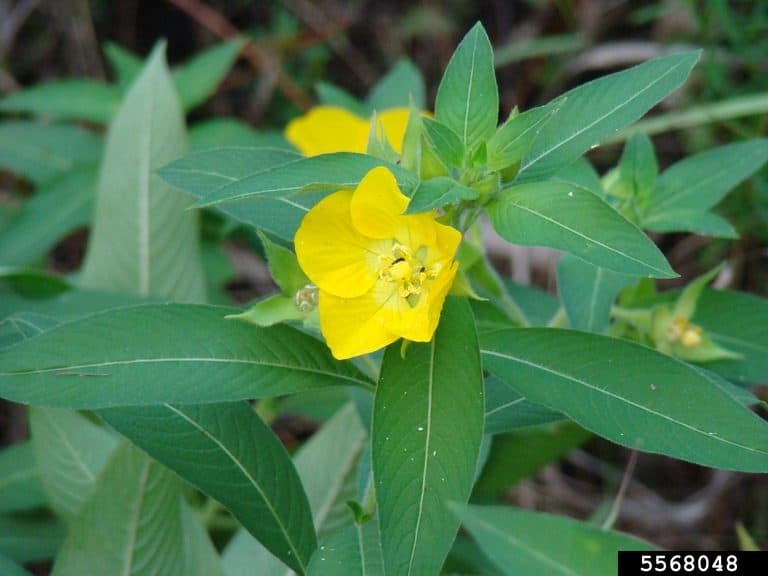
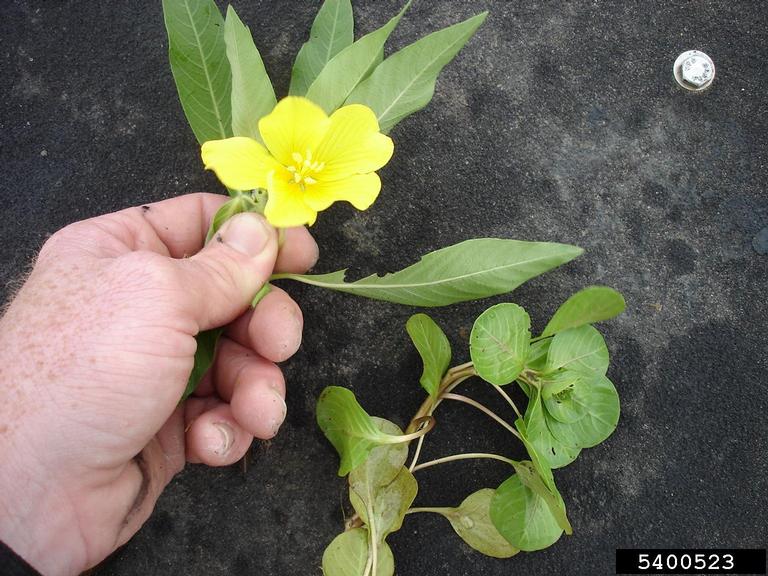
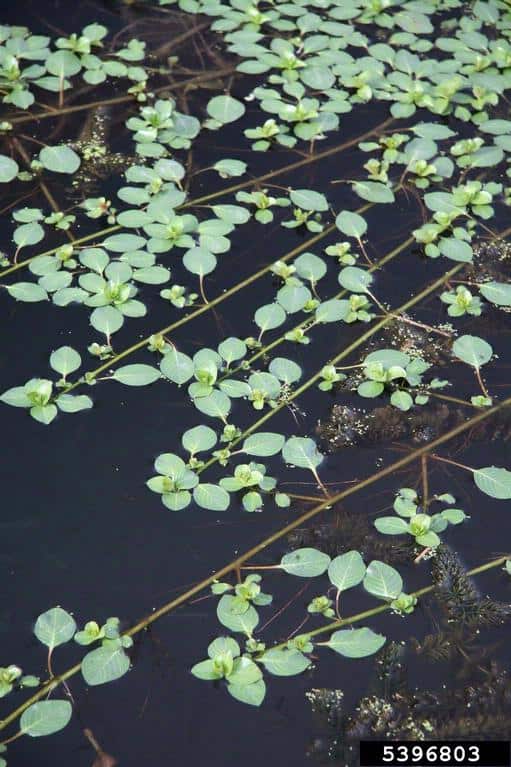
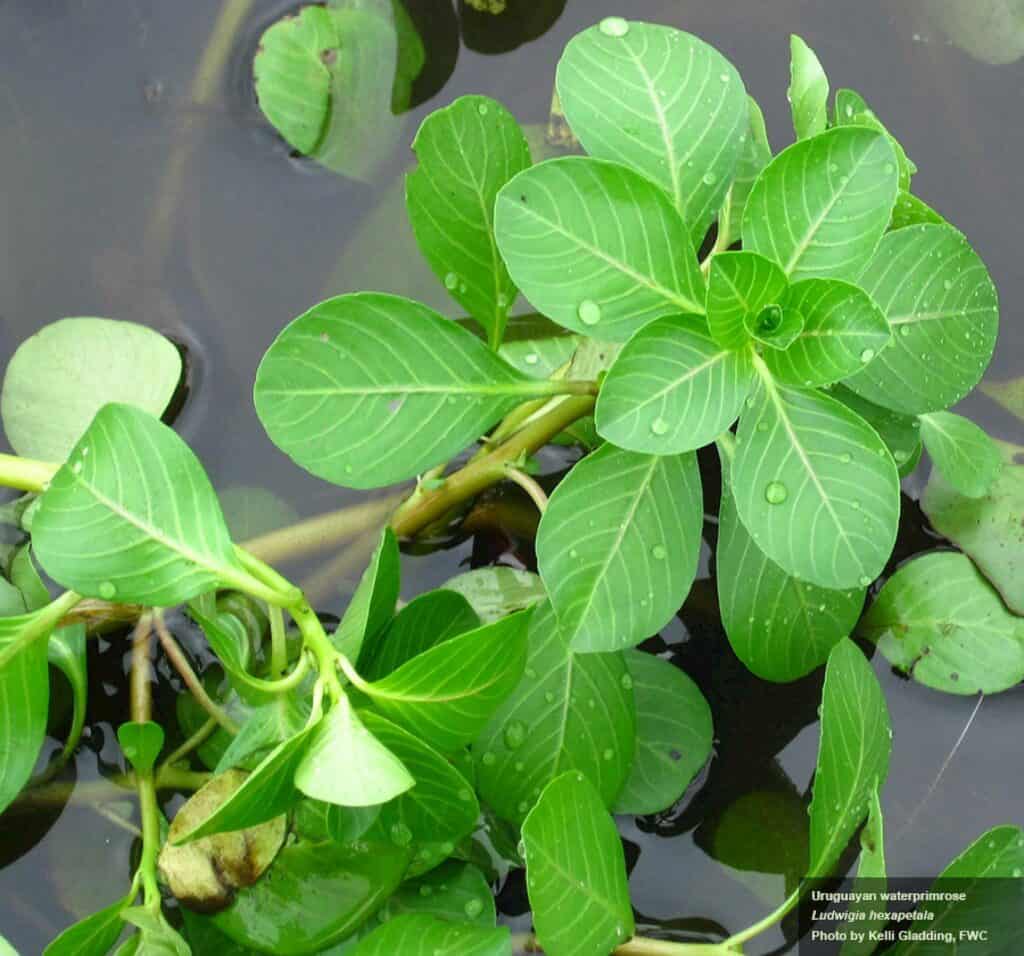
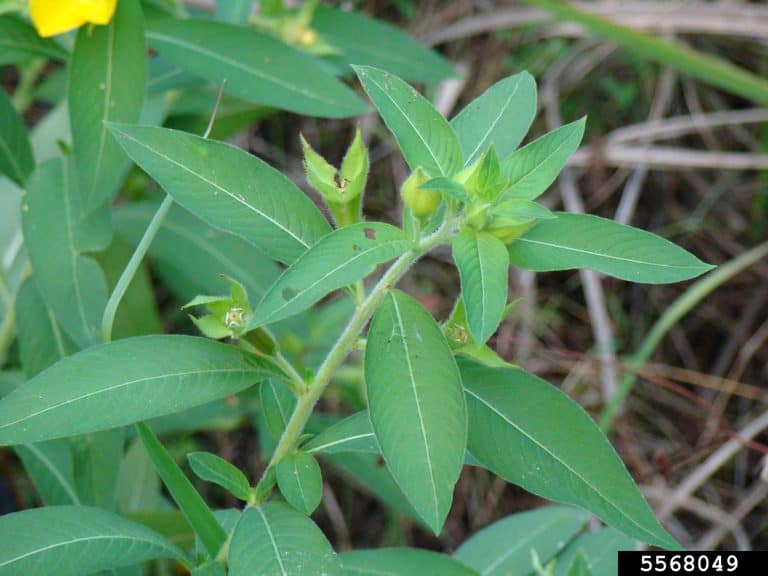
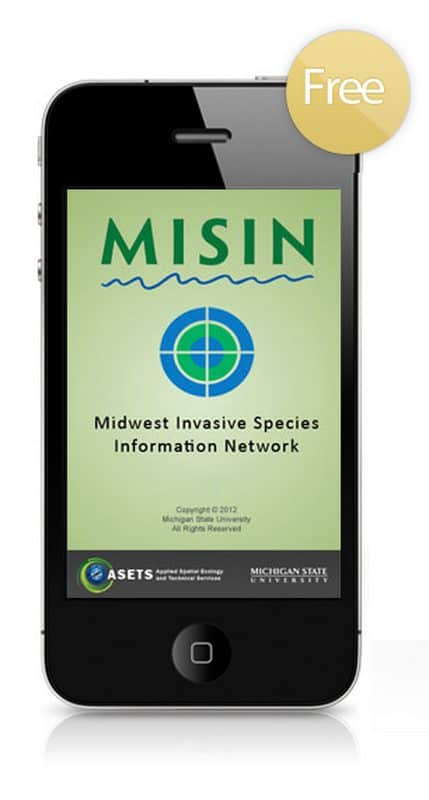
Reporting Invasive Species – FREE APP The MISIN smartphone app provides a mobile solution for the capture of invasive species field observation data. You can play an important role in the early detection and rapid response to new invasive threats in your area by contributing invasive species observations to the MISIN database.
|



